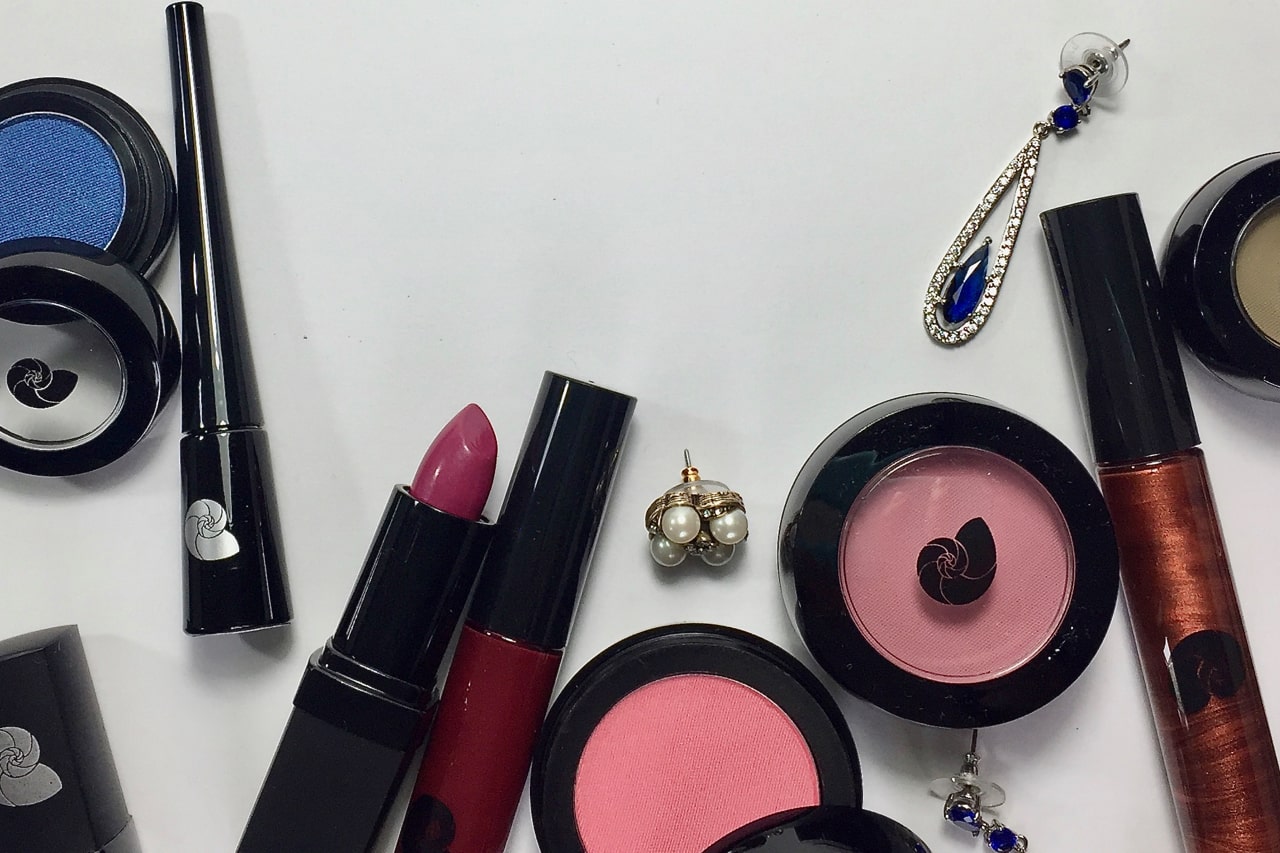by Florentina Mossou (The Netherlands)
Part 2 A Statement of Scale – Foundation for Vertical Yang
Overview
- Introduction – Light, colour and shape
- A Statement of Scale – Foundation for Vertical Yang
- A Statement of Dimension – Contour for Horizontal Yang
- A Statement of Curve – Blush and Lipstick for Vertical Yin
- A Statement of Detail – Highlighter and Eye Makeup for Horizontal Yin
- Creating Your Signature Makeup Look
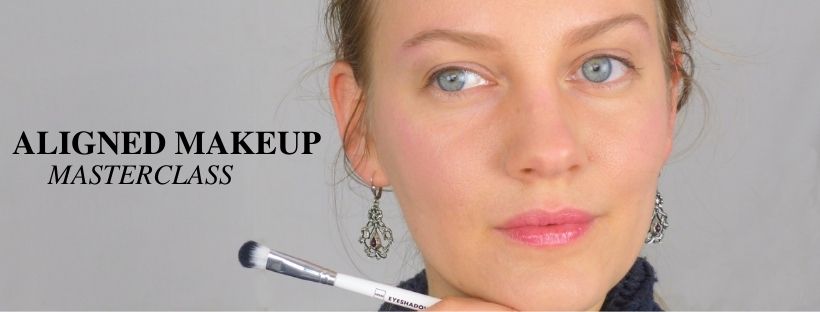
Welcome back to the Aligned Makeup Masterclass! In the first part, we’ve had a brief tour of colour and body type. We also had our introduction into the yin and yang of makeup. The four dimensions of Align have a unique shapes and ways to reflect light. As a result, each dimension has affinity for certain makeup products to help emphasise the eyes. Vertical yang, the focus of this second part, has a special relationship with foundation.
A Statement of Scale
Vertical yang is most effective at drawing attention to her eyes when her skin is even and featureless. A unified skin tone emphasises her large scale. With nothing in the way, her eyes become arresting. The vertical yang presence culminates through a full coverage foundation.
How to know if you have a vertical yang dimension?
Vertical yang stretches out the body. If your primary influence is vertical yang, you are likely tall, with long limbs and elongated hands and feet. If that describes your body, then this article is for you.
In the previous post we saw that your Align body type consists of a primary, secondary and tertiary dimension. If your primary influence is not vertical yang, yet it is your secondary or tertiary, the tips in this post can still work well. Especially when dialled down appropriately, which might mean less coverage, smaller areas or smaller amounts of product.
However, if you don’t seem to have vertical yang, there are other makeup products that help you emphasise your eyes (stay tuned for the next posts!). Does that mean you should’t wear foundation? Of course not! Foundation would simply have a supporting role in your signature makeup, rather than a statement. Moreover, it’s always good to experiment and discover new tips and tricks. So you’re welcome to try out anything that sounds fun, and decide if it works for you or not.
The purpose of foundation
Before we dive into foundation for vertical yang, let’s quickly cover the basics of foundation.
The purpose of foundation is to even out the skin tone. That’s not the same thing as hiding blemishes. Hiding blemishes is what concealer is for. Therefore, even full coverage foundation shouldn’t cover up more than is necessary. The trick is to wear as little as possible yet still enough. Unfortunately, too-heavy foundation is all over social media.
Because pores are normal, and allowed! When I mention ‘smooth and even’ skin textures, that simply means that your pores also look smooth, even, and well, nondescript. It’s perfectly fine for them to be visible.
I apply the same philosophy to acne. I had acne from 12 to 28 years old and felt very uncomfortable about it. At the same time, I learned it’s not the end of the world when people notice you have acne. What’s important is that it’s not the first or only thing they see about you. Wearing colours from your palette is your best help, together with a good concealer. Pick one with fairly high coverage, so you only have to wear small amounts. Concealer allows you to use way less foundation which is a great thing.
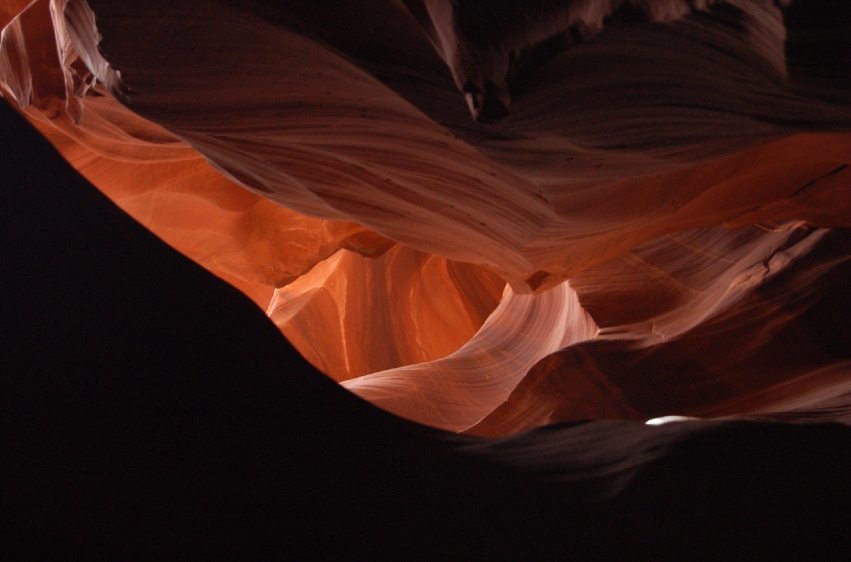
Foundation and scale: the best skin finish for vertical yang
While foundation can enhance any of the four dimensions, it elevates this one the most. That doesn’t mean you have to wear foundation. It just means you are most enhanced by it when you choose to do so.
Vertical yang has large scale, and that goes well with foundation because it is large scale too. How does that work?
Foundation literally covers your entire face. It connects the skin tone from the hairline to the chin, and possibly your neck, chest and ears too. As a result, it unifies the entire surface. Compare this with mascara to define each individual lash; mascara is a small scale product.
Besides their large scale, vertical yang also has enduring strength. This is best complimented by smooth, dense and hard finishes, like neoprene fabric. Translucency is nowhere to be found, even gloss is too much. Vertical yang doesn’t do shine. That’s because shine and highlights break up scale, while matte textures unify it.
When we translate that to makeup, foundation has to be smooth, even, matte and opaque. Try a medium or high coverage foundation in a matte formula. It’s generally better to choose a higher coverage that you wear less of, than the other way around.
I prefer liquid formulas as they are often matte and set very well. Admittedly, these can be a little temperamental to apply. Use your finger pads or dense foam sponges to apply in thin layers. A primer may help to get it as textureless, even and/or long-lasting as possible, although personally I relegate that to ‘special occasion only’.
Apply foundation in thin layers, working from the centre of your face outward. Again, the less product you use, the more believable it becomes. That is why most coverage should be in the centre of your face. The colour of your skin in the centre has to merge to all the areas around it, in order to unify the face. Near the edges, like the jawline, neck, ears and hairline, you can get away with much less coverage. That’s where the face stops anyway, so there’s nothing to unify.
Pair your foundation with a very high coverage concealer. This could also be a liquid formula, and I also like a wax-based concealer for oily skin, like the Laura Mercier Secret Camouflage or a drugstore version of it.
It is worth spending a little time on concealer. Again, keep the layers ultra thin and apply coverage only directly on top of anything that peeks through your foundation like discoloured patches or blemishes. Watch Lisa Eldridge’s tutorial on pin-point concealing, she explains it better than I can.
Finally, you’ll need a setting powder. Contrary to foundation and concealer, this one can be simple. Pick one that prevents shine and prolongs in your makeup, without any other bells and whistles like blurring effects (a ‘setting powder’ as opposed to a ‘finishing powder’, although brands are not consistent in the terminology).
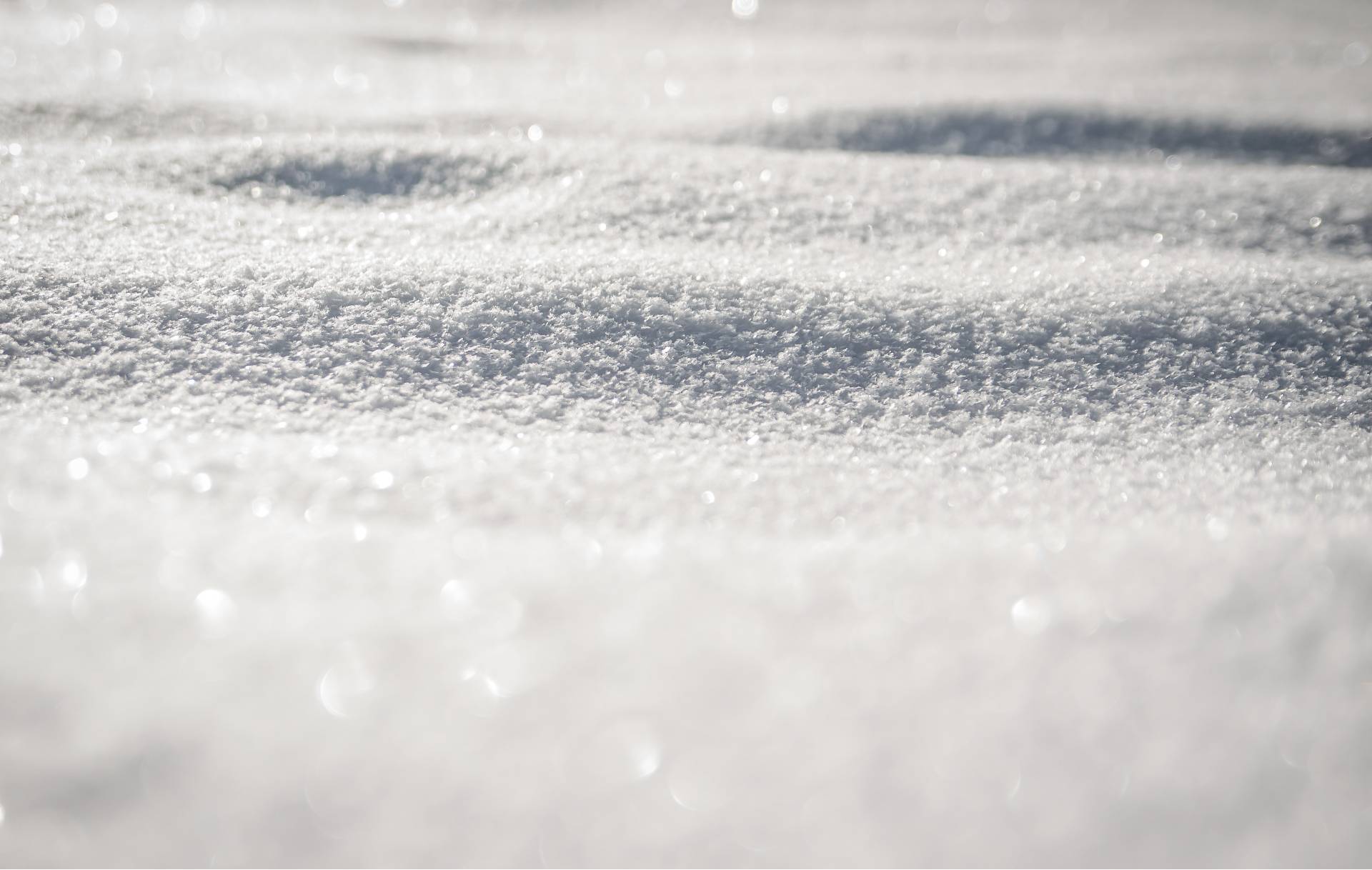
Winter
Now that we understand what foundation for vertical yang looks like, let’s see how it interacts with the four Seasons.
Let’s get Winter out of the way first, since seasoned readers (pun intended) will notice the parallels straight away. It’s easy to see why Winter has become the cliche of vertical yang, as they have a lot in common.
As we saw above, vertical yang likes very smooth and matte finishes. Likewise, there’s no variegated light in the Winter palette, whereas you can find it in Summer and Autumn, and Spring too, to a degree. The ideal skin texture for Winter has the sort of light you meet in a snowscape, almost depthless.
As a result, both Winter and vertical Yang like high coverage makeup. Winter likes the high colour intensity that comes with high coverage, while vertical yang is at home with the large scale and high ‘volume’.
Yet there are differences too. If you remember the high shine mentioned in the previous post for Winter, vertical yang brings to the fore Winter’s only other option: matte textures. Winter can exist at both extremes, but vertical yang only at one. Matte is what we’re going with.
In conclusion, the vertical yang Winter wears makeup that is matte, dense and opaque – yet not bulky. Cake doesn’t look good on anybody. Wear a foundation with high coverage, dense pigmentation and high opacity, in very thin layers, and play into the strengths of both your Season and body type.
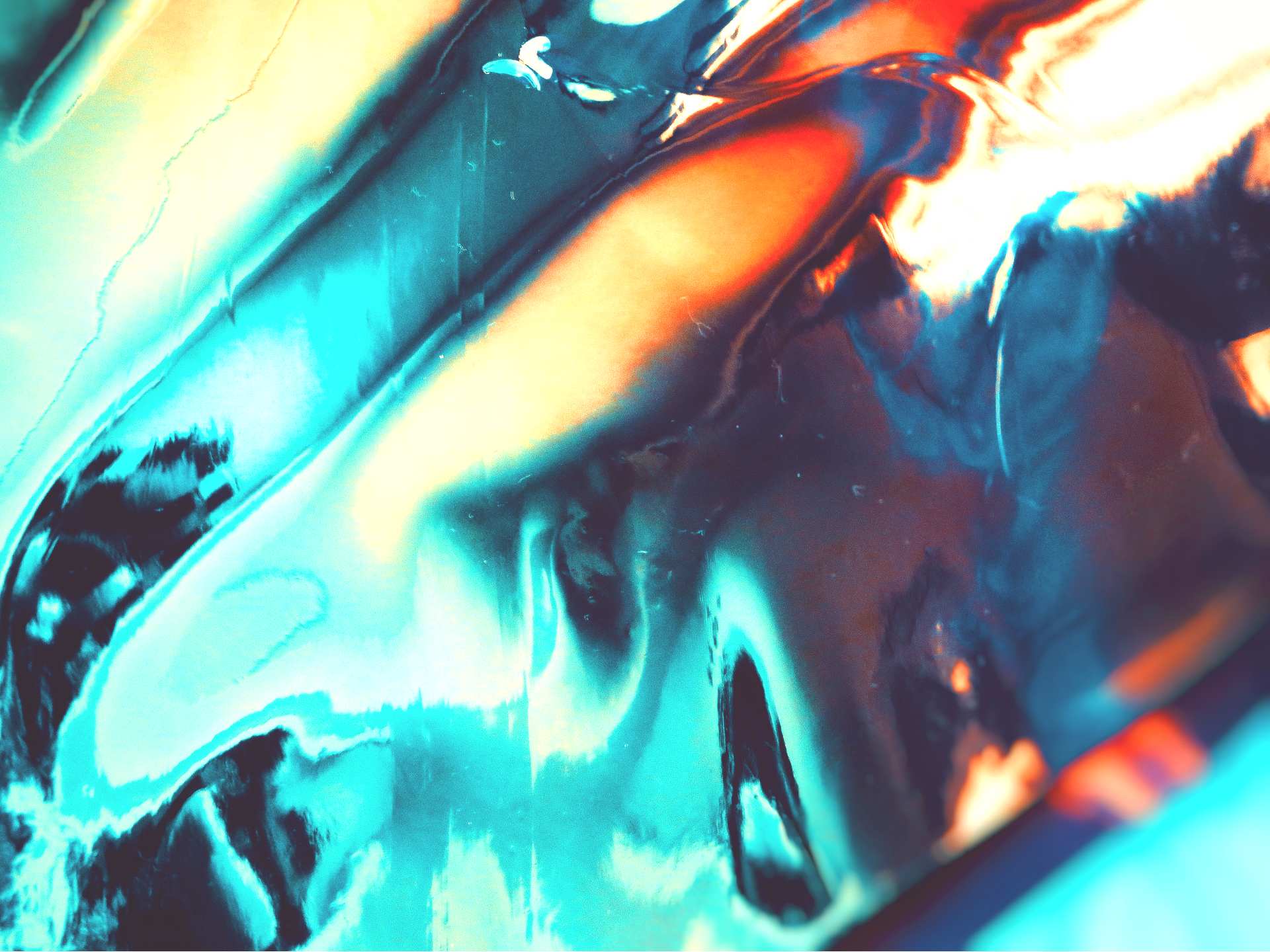
Spring
Spring is almost a direct opposite to Winter in terms of texture, as opacity gives way to translucency, and a matte finishes transforms into a juicy shine. But as we remain in the realm of vertical yang, how do we balance that?
With foundation, the opaqueness gets dialled back. It’s still opaque, but no longer dense or heavy. Spring’s luminosity attempts to introduce gloss. Meanwhile vertical yang still doesn’t like shine, and they separate into two layers. We end up with a layer of reflection sits on top of opaque colour, like a glossy varnish on top of dense paint. This is different from a translucent product, which is merely see-through, and also different from a reflective base which has the glow below the foundation, not on top of it. Look up Karlie Kloss to see what this style may look like, when turned into a signature or statement look.
Before you attempt to cover your whole face in highlighter (which I don’t recommend :P), try a medium to high coverage foundation with a more ‘wet’ finish. Gel formulations are pretty good at this, some liquids are too. Particularly Korean formulations seem to excel at this wet texture, remember the glass skin trend?
You can also try a non-matte powder. There are not many options but these things do exist, look up ‘glow setting powder’. Most of them are too glittery for my tastes, but this looked good and had OK reviews. Another option is to forego powder altogether and use a setting spray.
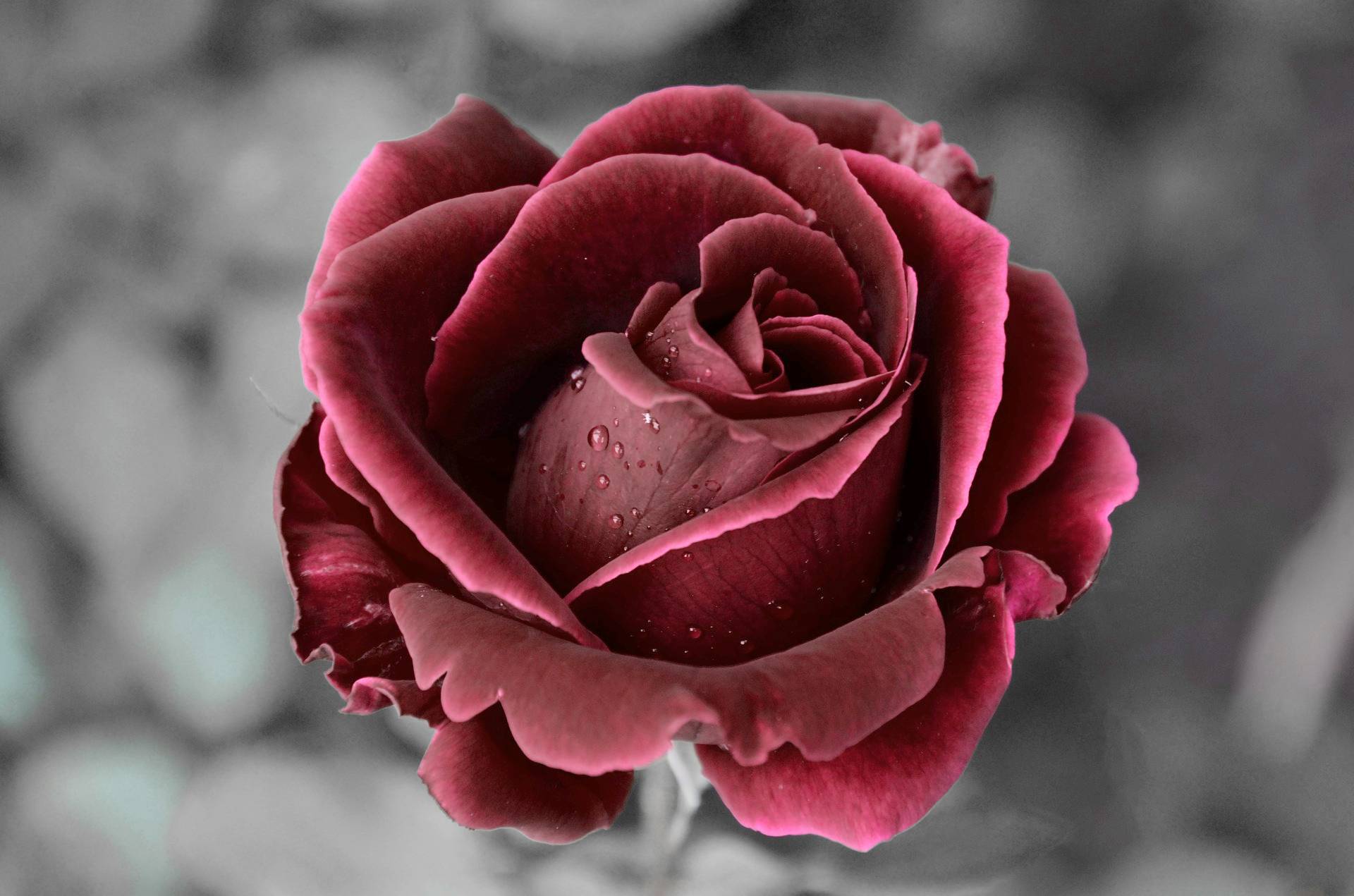
Summer
Summer is all about translucent, downy, matte softness. Vertical yang goes right along with the drier texture of Summer, happily working with matte and utterly even skin. Yet vertical yang is dense, and just like Spring, Summer is not. We need to boost the opacity a little away from Summer’s signature softness to get along with vertical yang.
Summer’s translucent veil effect cannot be forgotten though, and it brings a twist. As Summer’s softness is scaled up for vertical yang, and we turn it opaque, the texture of foundation departs from its ultra fine featheriness to become more dimensional. Summer’s subtle transitions from light to dark enlarge. The peach textures transition into two colours at the same time. This is not the featureless flat matte of Winter, but full of depth, velvety and luxurious. This texture seems to hold on to light a little longer than should be possible.
The type of foundation that works is medium coverage, velvety, almost dry and a little jelly-like. Products will have a high silicone content. Do avoid ‘silicone soup’ products though: these are cheap (sometimes not so cheap) products with very little pigment that just glide on, only to glide off again. They require a lot of building, which inevitably looks caked. Let a small amount of foundation dry on the back of your hand. When it’s nearly dry, rub it. Does it want to stay put or happily slide right off?
Instead of silicone soup, you’ll want a formula that allows you to place colour without endless dabbing. Modern (Korean) cushion foundations are great for this, but there’s also that old trick of wearing face cream under the foundation, then set both with powder.
Also worth trying are reflective bases. These didn’t quite work for Spring because the shine was in the wrong place. However, they will for Summer, as a way of having two layers superimposed on each other.
Another trick to get that luminous, light-lingering finish, is to experiment with a mineral powder foundation as a setting powder, essentially combining a liquid and powder foundation. Powder foundation has coverage, and it will give an even tone, yet with a dimensionality to the shade and texture. With either product, apply a thin and even layer that covers the entire face, and maybe blend into your neck and ear too.
Go as light as you can under the eyes (this goes for everybody). Fingers are ideal for wet products; a flat or shallow dome, dense brush is excellent for powder foundation.
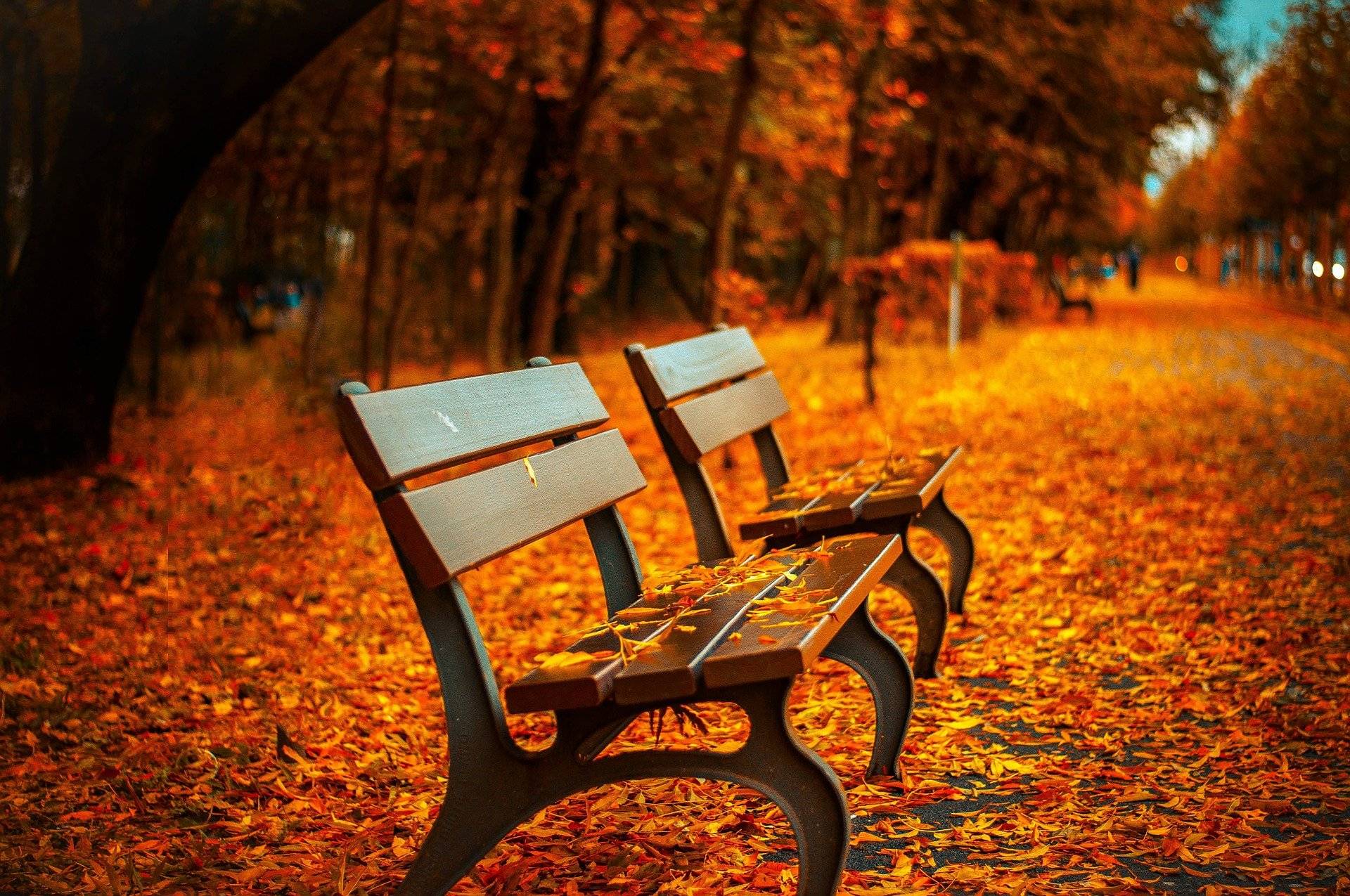
Autumn
Autumn finish is typically matte, so no problem there. Vertical yang is dense, and theoretically that would make for extra heavy, matte foundation in dense application. Actually, it’s quite the opposite. The Autumn vertical yang woman has no need to apply a heavy layer. Autumn’s lenience for texture, and the ability of warm seasons to wear many hues (colours, neutrals, or both) at the same time, means that foundation can actually lighten up – in terms of texture and application.
With her famous practicality, Autumn will love a high quality BB cream. She may even forego any foundation at all, and merely use concealer in places where she feels she needs it. However, on the occasion that our vertical yang Autumn does choose to wear foundation, she’ll be pleasantly surprised how much this elevates her presence.
It will be worth investing in a good quality pigment, medium coverage, well-behaved product that still allows some light and texture to come through, and without any bells and whistles (like extra matte or extra dewy finishes). Once again, trial and error until you actually find it. My studio has L’Oreal Nude Magique BB cream (link to Dutch website, it won’t let me access the English page), an affordable option with pleasant results.
Build this product up to higher coverage, or go lighter if you wish. With a flexible product, you’ll have few other needs. Application with fingers gives best results, although when building coverage you could use a brush to soak up excess carrier medium like oils and silicones.
For all body types: glamour and evening looks
Both vertical yang and glamour attire are larger than life. My Align clients receive evening wear recommendations that are subtly larger scale than their everyday wear (on which we spend way more time, because that’s of more practical value). With evening wear, there is a degree of fantasy present that allows for more freedom of perspective – and proportion follows.
So if you have vertical yang or not, a typical a full face glamour makeup look would involve higher coverage across most or all of the face. Pick any of the ways above, and see what works best for you.
I hope you enjoyed this post! Let me know what you learned in the comments. If you have questions, or a story to share, feel free to drop that in as well, I’d love to hear about your experiences and experiments.
The remaining posts will cover other makeup products, which in turn are most ideal for the other yin/yang dimensions. That means that next time, we’ll move away from vertical yang, and into the realm of contour and dimensionality of horizontal yang.
Note: Unfortunately, at this moment my website is not online due to severe technical issues. A new website is in the works! Meanwhile, I can be reached via email at florentina@callastudio.nl.

Share this:
- Click to share on LinkedIn (Opens in new window) LinkedIn
- Click to share on Facebook (Opens in new window) Facebook
- Click to share on Pinterest (Opens in new window) Pinterest
- Click to share on X (Opens in new window) X
- Click to email a link to a friend (Opens in new window) Email
- Click to print (Opens in new window) Print


